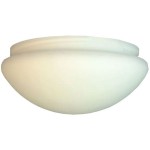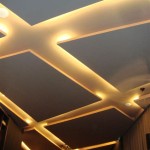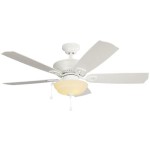How To Check For Ceiling Beams
Checking for ceiling beams is a crucial step when planning renovations, installing fixtures, or simply ensuring the overall safety of your home. Understanding the essential aspects of how to check for ceiling beams will help you approach this task effectively and confidently. This article will delve into the key factors to consider when inspecting your ceiling for beams. ### Identifying the Location of Beams The first step is to locate the potential areas where beams may be present. Typically, beams are installed along the length of a room, parallel to the floor joists. In older homes, beams may also be present perpendicular to the joists, creating a grid-like pattern. ### Using a Stud Finder A stud finder is a valuable tool for locating beams. Stud finders emit an electronic signal that detects changes in density, allowing you to identify the presence of solid objects such as beams or studs. Hold the stud finder against the ceiling and move it slowly along the surface, listening for a change in the tone or intensity of the signal. ### Tapping the Ceiling Tapping the ceiling can also help you locate beams. Knock gently on the ceiling using your knuckles or a small hammer. Beams will typically produce a solid, hollow sound when tapped, while areas without beams will have a more hollow or muffled tone. ### Visual Inspection Sometimes, beams may be visible from below, especially in older homes with exposed ceilings. Look for any exposed wooden members that run across the ceiling, perpendicular to the floor joists. These exposed beams can provide a clear indication of the beam placement. ### Measuring and Marking Once you have identified potential beam locations, measure and mark them on the ceiling. Use a pencil or chalk to draw a line along the center of the beam. This will help you avoid drilling or nailing into the beam, which could compromise its structural integrity. ### Using a Level A level can help you determine if the ceiling beams are level. Place the level on the ceiling, perpendicular to the beam, and check if the bubble is centered. If the bubble is not centered, the beam may need to be adjusted or repaired. ### Hiring a Professional If you have any doubts about the location or condition of the ceiling beams, it is advisable to consult a qualified contractor or engineer. They possess the expertise and equipment to accurately identify and assess the beams, ensuring the safety and integrity of your home.
How To Find A Wall Stud Or Ceiling Joist 2 Easy Ways Diydork Com

Ceiling Joists All You Need To Know Homenish

Installing Beams On A Ceiling Which Direction Barron Designs
Which Direction Do Ceiling Joists Run Quora

Ceiling Joists

How To Diy A Faux Wooden Ceiling Beam Bower Power

Ceiling Joists

How To Reinforce Ceiling Joists Handle Heavy Loads Fine Homebuilding

Exposed Ceiling Beams 101 How To Find Or Fake Them In Your Own Home Bob Vila

Diy Box Beams Pitched Ceiling Remington Avenue
Related Posts








